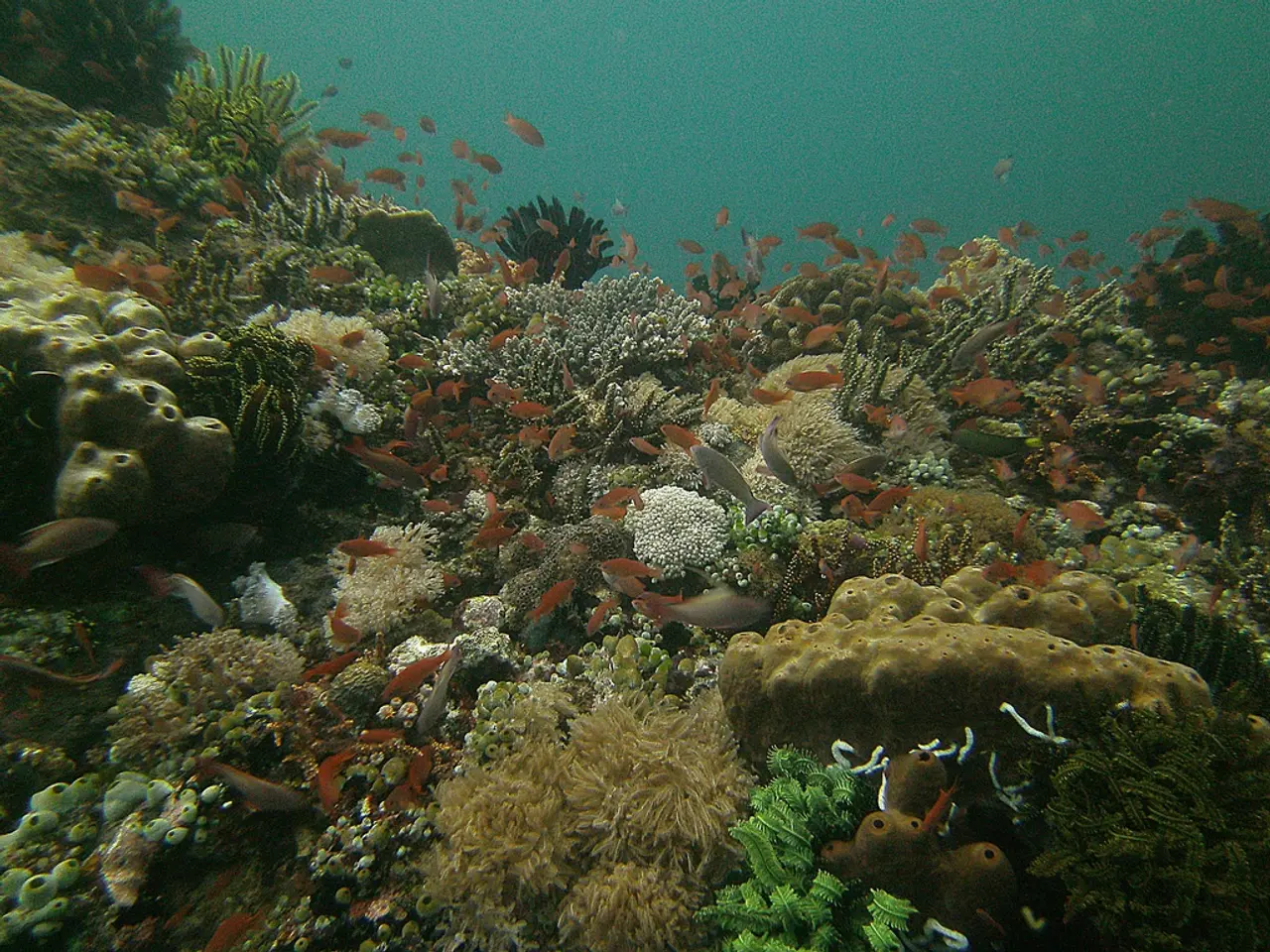Harnessing Crowdsourced Research for the Preservation of Australia's Enchanting Wildlife Species via SeadragonSearch
The SeadragonSearch project is an exciting new initiative that invites the public to join in the conservation effort for the weedy seadragon. By submitting underwater photos of these fascinating marine creatures, you can contribute to a vast database of seadragon sightings and images, helping researchers better understand the distribution and health of these unique fish populations.
Based in Perth, Western Australia, SeadragonSearch is a collaboration between the Western Australian Museum, the University of California San Diego, and the Lowe Family Foundation. This community-driven research initiative aims to gather crucial data on seadragons, which are found only in Australian waters and are part of the same family as seahorses and pipefishes.
The project's goals are manifold:
- Engage the public in scientific data collection through citizen science.
- Build a large database of seadragon sightings and images.
- Provide scientists with detailed information on seadragon distribution, helping to monitor their populations and inform conservation efforts.
- Support research on seadragon biology and ecology with the help of widespread, real-time data.
To achieve these objectives, SeadragonSearch utilises cutting-edge AI and machine learning technologies. Computer vision and machine learning algorithms are employed to analyse unique patterns on each seadragon's face or body, enabling the identification of individual seadragons and tracking them over time. This automated pattern recognition greatly enhances data processing efficiency and accuracy, enabling large-scale monitoring that would be impossible manually.
Notably, SeadragonSearch is partnering with Wild Me, an Oregon-based software developer specialising in AI tools for threatened wildlife populations. Wild Me has implemented deep learning models in the seadragon detection pipeline and is developing innovative new matching algorithms to further improve the system's accuracy.
The data collected through SeadragonSearch will provide valuable insights into seadragon lifespans, behaviour, and other traits, which will inform conservation policy for these fishes and their habitats. The project plans to run for at least 10 years, with a PhD student, Chrissy Tustison, working on the project for several years at the University of Western Australia in Perth.
Seadragons live in shallow algal habitats, which are particularly vulnerable to climate change. Habitat loss is concerning due to the limited mobility of seadragons and the fact that genetic diversity is low in the majority of known populations. By participating in SeadragonSearch, you can help protect these unique marine creatures and contribute to their long-term survival.
To learn more about SeadragonSearch or to submit your underwater photographs, visit the project's website at www.seadragonsearch.org. Together, we can make a difference in the conservation of the weedy seadragon and other marine life.
[1] Wild Me, (2021). SeadragonSearch. Retrieved from https://wildme.org/projects/seadragonsearch [2] University of California San Diego, (2019). Scripps Oceanography Launches SeadragonSearch, a Community-Driven Research Initiative. Retrieved from https://scripps.ucsd.edu/news/scripps-oceanography-launches-seadragonsearch-community-driven-research-initiative [3] Birch Aquarium at Scripps, (2019). Seadragons & Seahorses. Retrieved from https://aquarium.ucsd.edu/exhibits/seadragons-seahorses [4] Western Australian Museum, (2021). SeadragonSearch. Retrieved from https://museum.wa.gov.au/seadragonsearch
- This innovative project, SeadragonSearch, encourages public participation in scientific data collection, focusing on the oceanographic research of weedy seadragons.
- The collaboration between the Western Australian Museum, the University of California San Diego, and the Lowe Family Foundation aims to create a massive database of seadragon sightings and images, benefiting science.
- The project's goal is to engage the public, enhance scientific understanding, and inform conservation efforts for this unique marine creature found only in Australian waters.
- SeadragonSearch utilizes technology such as AI and machine learning to analyze seadragon patterns for individual identification and tracking over time.
- Partnering with Wild Me, a developer of AI tools for threatened wildlife populations, enables SeadragonSearch to enhance its data processing efficiency and accuracy for large-scale monitoring.
- The data collected from SeadragonSearch will offer valuable insights into seadragon lifespans, behavior, and other traits, contributing to environmental-science and sustainable-living policies.
- As the project runs for at least 10 years, it offers opportunities in education-and-self-development, particularly in the field of phd study, with Chrissy Tustison working on the project at the University of Western Australia.
- By joining SeadragonSearch, you can contribute to lifelong-learning, health-and-wellness, home-and-garden, and fitness-and-exercise, as well as technology like artificial-intelligence, all while making a difference in protecting weedy seadragons and marine life.




